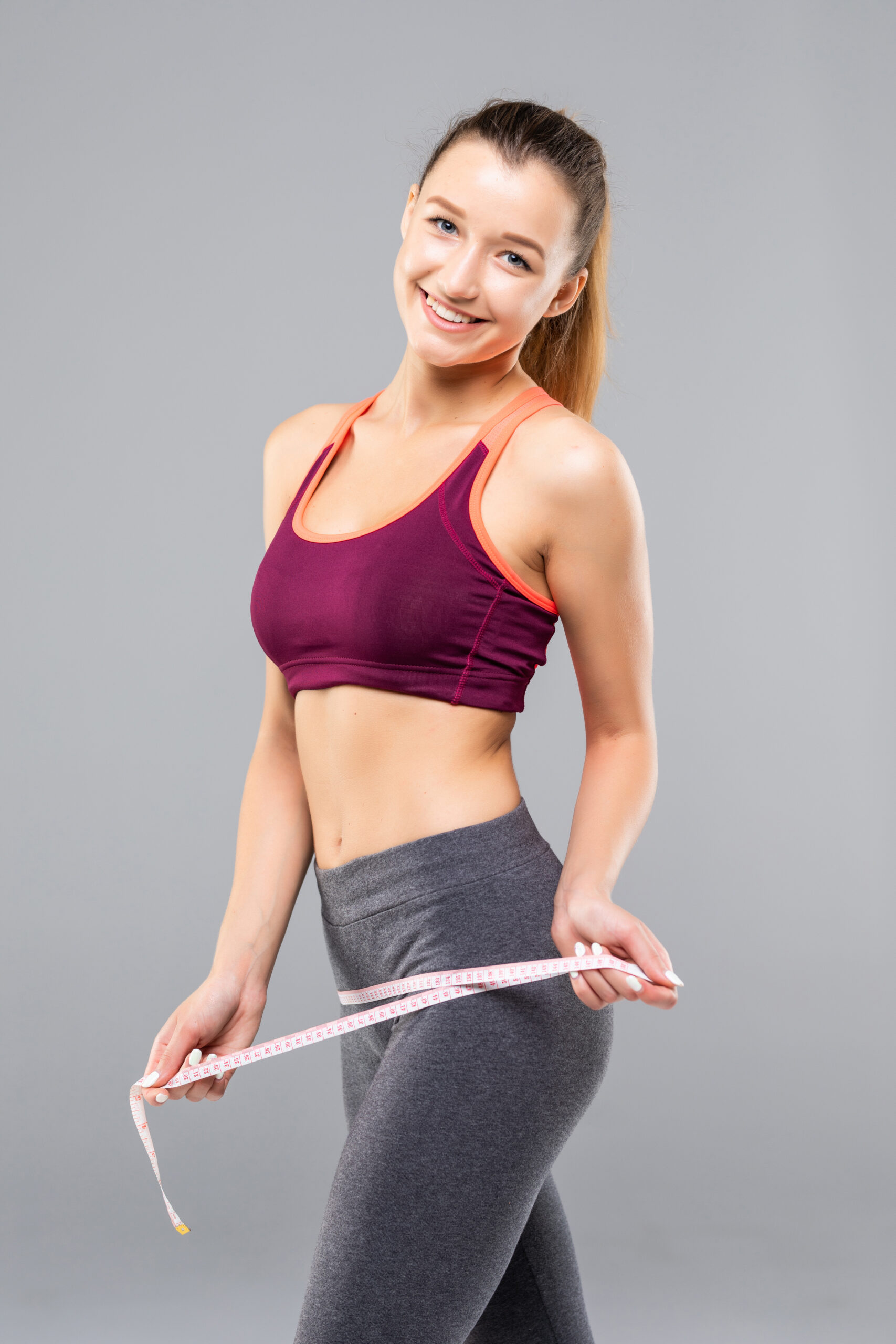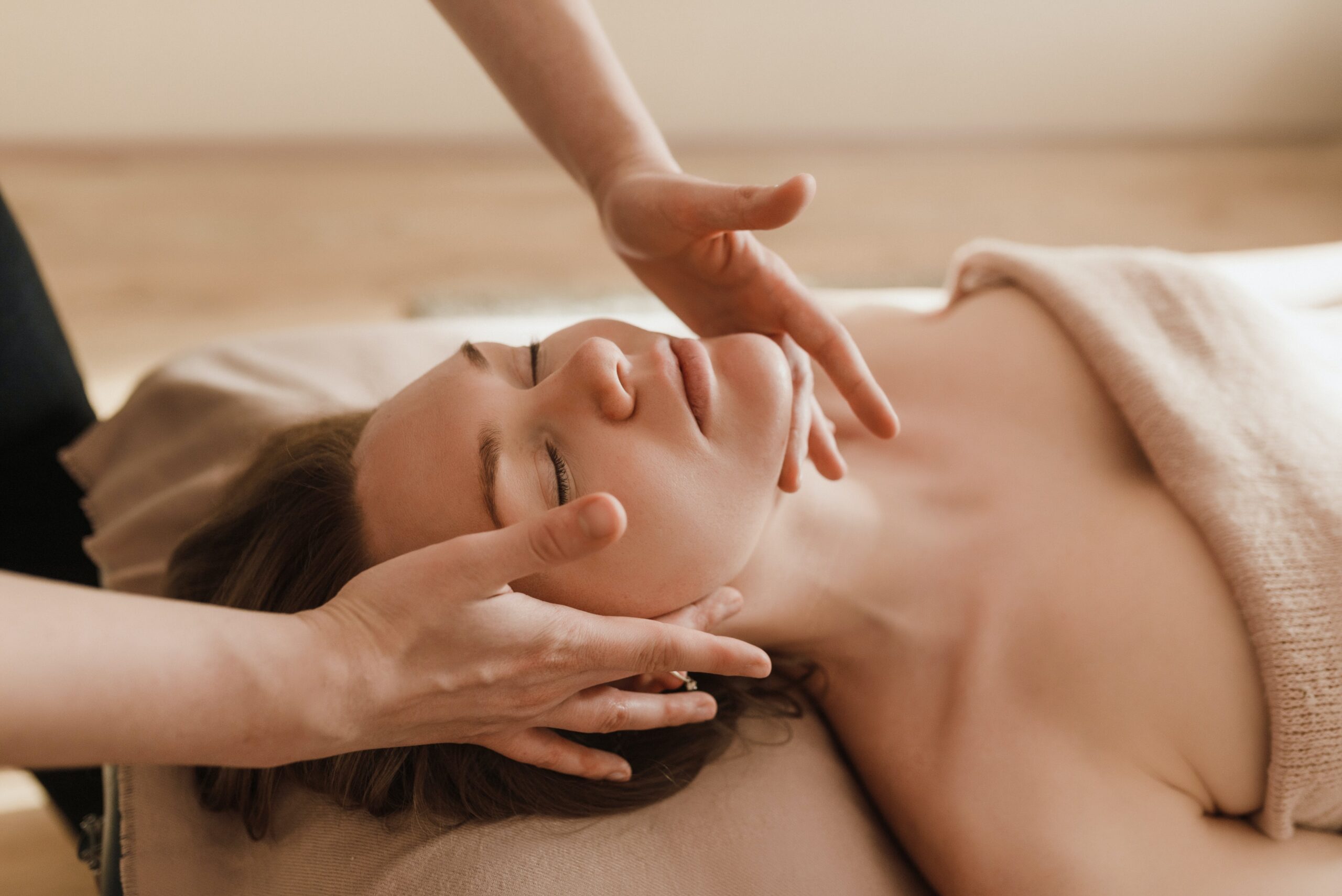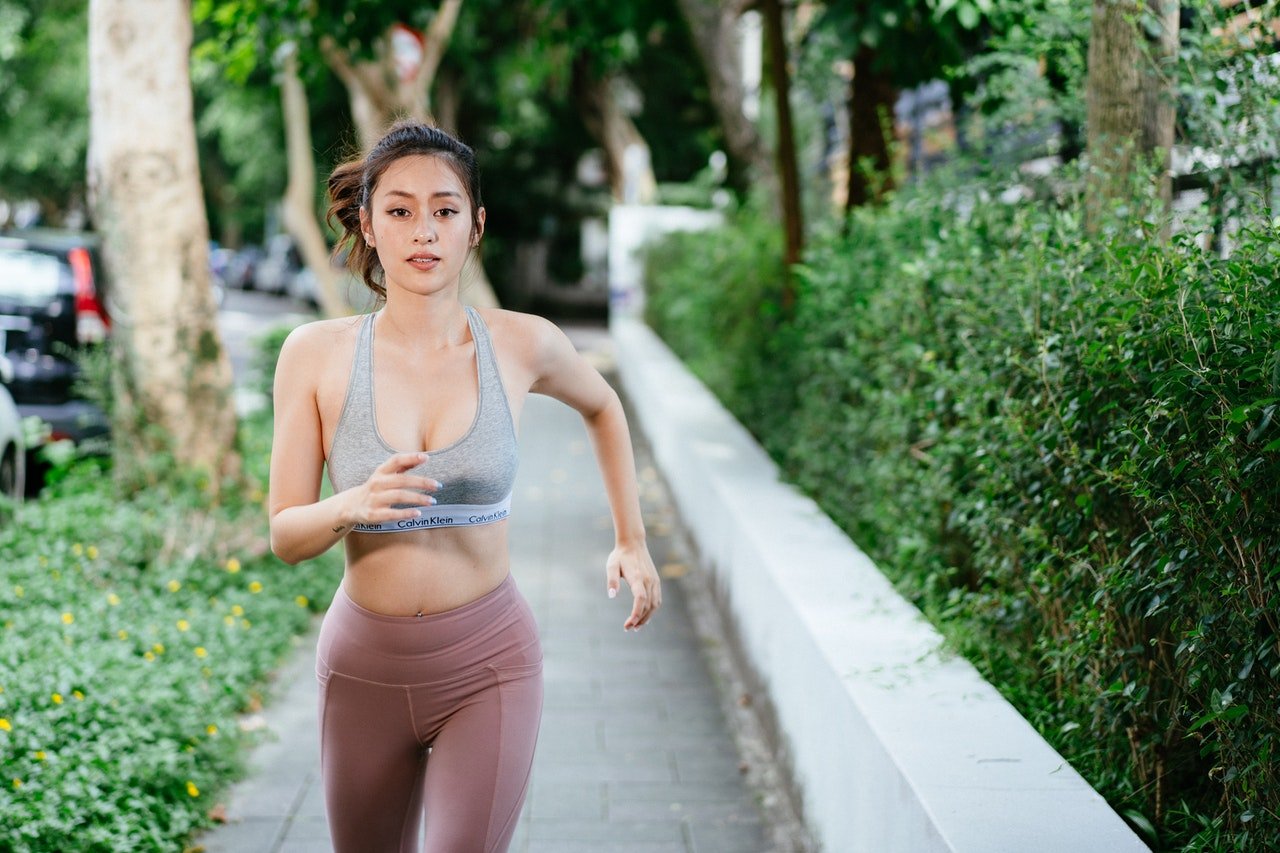Yoga
Yoga Essentials: What to Pack for Your Next Class

Are you planning to attend a yoga class and not sure what to pack? This article will provide you with a comprehensive guide on the essential items you need to bring for your next yoga session. From the right clothing to accessories, we have got you covered so that you can have a comfortable and fulfilling yoga experience. Whether you are a beginner or a seasoned yogi, our tips and suggestions will help you pack efficiently and make the most of your yoga practice.
What clothing should I pack for yoga class?
When it comes to choosing the right clothing for yoga, comfort and flexibility are key. Opt for breathable and stretchy fabrics that allow you to move freely and wick away sweat. Consider packing a pair of yoga leggings or shorts, a moisture-wicking top or tank, and a lightweight, comfortable sports bra. It’s also a good idea to bring a long-sleeve layer or a light jacket for the warm-up and cool-down portions of the class.
Additionally, don’t forget to pack a pair of grip socks or barefoot shoes if you prefer practicing yoga without traditional footwear. These will provide you with stability and traction during poses and transitions and prevent slipping on the mat.
What yoga accessories should I bring?
There are several essential yoga accessories that you should consider bringing to your next class. Firstly, a high-quality yoga mat is a must-have item. Make sure to choose a mat that offers good cushioning and a non-slip surface to support your practice. If you tend to sweat a lot, a yoga towel can also be beneficial for keeping your mat dry and enhancing your grip during challenging poses.
In addition to a mat and towel, consider packing a water bottle to stay hydrated throughout the class. It’s important to replenish the fluids you lose during your practice, so having a water bottle within reach can help you maintain your energy levels and focus. Lastly, if you use props such as blocks, straps, or blankets during your practice, be sure to bring them along to enhance your comfort and alignment in various poses.
Should I bring any personal care items to yoga class?
While most yoga studios provide complimentary mats and props, it’s a good idea to bring along a few personal care items for your comfort and convenience. Consider packing a small towel to wipe away sweat and a toiletry bag with essentials such as facial wipes, deodorant, and a hair tie. If you prefer to freshen up after your practice, you may also want to include a change of clothes and some body spray or perfume in your yoga bag.
What else should I pack for a yoga class?
In addition to clothing, accessories, and personal care items, there are a few other essentials you may want to consider packing for your next yoga session. It’s a good idea to bring a small pouch or wallet to store your valuables, such as your phone, keys, and wallet, during the class. You may also want to pack a small notebook and pen to jot down any insights or reflections that arise during your practice.
Furthermore, consider bringing a light snack, such as a piece of fruit or a protein bar, to refuel after your yoga session. This can help replenish your energy levels and prevent you from feeling lightheaded or fatigued. Lastly, if you have any specific needs or preferences, such as a meditation cushion, essential oils, or a personal yoga strap, feel free to include them in your yoga bag to create a personalized and nurturing practice environment.
Conclusion
Attending a yoga class can be a fulfilling and rejuvenating experience, and having the right essentials packed can enhance your comfort and enjoyment. By selecting the appropriate clothing, packing essential yoga accessories, and including personal care items and other necessities, you can ensure that you are prepared for a rewarding practice. With these tips and suggestions in mind, you can confidently pack for your next yoga class and fully immerse yourself in the holistic benefits of yoga.
FAQs
Can I practice yoga without a yoga mat?
While having a yoga mat provides cushioning, stability, and a non-slip surface for your practice, it is possible to practice yoga without one, especially if you are comfortable with the flooring at the yoga studio or have a non-slip alternative.
Is it necessary to bring personal care items to a yoga class?
While not mandatory, bringing personal care items such as a small towel, facial wipes, and a change of clothes can help freshen up after your practice and enhance your post-yoga experience.
What if I forget to bring a water bottle to yoga class?
If you forget your water bottle, you can typically purchase bottled water or use the water fountain at the yoga studio to stay hydrated during your practice.
Are grip socks or barefoot shoes essential for yoga?
While not mandatory, grip socks or barefoot shoes can provide stability and traction during your practice, especially if you prefer practicing yoga without traditional footwear or have concerns about slipping on the mat.
Should I pack a change of clothes for after my yoga class?
Packing a change of clothes can be beneficial if you prefer to freshen up or if you have plans before or after your yoga session. It’s always good to have a spare outfit on hand for your convenience.
Yoga
Is Exercise Safe with a Hernia? What You Need to Know

Description: This article will discuss the safety of exercising with a hernia, including what a hernia is, different types of hernias, the risks associated with exercising with a hernia, and the best exercises for individuals with a hernia.
What is a hernia?
A hernia occurs when an internal part of the body, such as an organ or tissue, protrudes through a weak spot in the surrounding muscle or connective tissue. This can result in a noticeable lump or bulge, particularly during activities that increase pressure in the abdomen, such as heavy lifting, coughing, or straining.
While hernias can occur in various areas of the body, they most commonly develop in the abdominal wall. Inguinal hernias, for example, occur when fatty tissue or a part of the intestine pushes through the inguinal canal in the groin. Other common types of hernias include umbilical hernias, which occur near the belly button, and incisional hernias, which develop at the site of a surgical scar.
Is it safe to exercise with a hernia?
The safety of exercising with a hernia depends on the type and severity of the hernia, as well as the specific activities being performed. In general, it is important for individuals with a hernia to consult with a healthcare professional before starting or continuing an exercise routine. While some exercises may be safe and beneficial for individuals with a hernia, others can exacerbate the condition and increase the risk of complications.
For example, activities that involve heavy lifting, straining, or sudden movements may put added pressure on the area of the hernia, potentially causing discomfort, pain, or further protrusion of the internal tissue. On the other hand, low-impact exercises that place minimal strain on the abdomen and surrounding muscles, such as walking, swimming, or cycling, may be more suitable for individuals with a hernia.
What are the risks of exercising with a hernia?
Exercising with a hernia can pose several risks, particularly if the type or intensity of the exercise is inappropriate for the individual’s condition. In addition to potentially worsening the hernia and causing discomfort or pain, certain exercises may increase the risk of complications such as incarceration or strangulation. These occur when the protruding tissue becomes trapped or its blood supply is compromised, leading to a medical emergency that requires immediate attention.
It is therefore important for individuals with a hernia to be cautious and mindful of their physical limitations when exercising. In some cases, surgery may be necessary to repair the hernia and reduce the risk of complications before engaging in regular physical activity.
What are the best exercises for individuals with a hernia?
While certain exercises should be avoided by individuals with a hernia, there are many safe and effective options for maintaining physical fitness and improving strength and flexibility. Low-impact activities that minimize strain on the abdomen and surrounding muscles, such as yoga, Pilates, and gentle stretching exercises, can be beneficial for individuals with a hernia.
It is also important for individuals with a hernia to focus on exercises that strengthen the core and improve posture, as these can help support the abdominal muscles and reduce the risk of hernia protrusion. Additionally, engaging in regular physical activity can help maintain a healthy weight and reduce the risk of complications associated with hernias, such as weakened muscles or increased intra-abdominal pressure.
Conclusion
In conclusion, exercising with a hernia can be safe and beneficial if approached with caution and consideration for the individual’s specific condition and limitations. It is important for individuals with a hernia to consult with a healthcare professional before starting or continuing an exercise routine, and to be mindful of the types and intensity of activities performed. By focusing on low-impact, core-strengthening exercises and maintaining a healthy lifestyle, individuals with a hernia can support their overall well-being and reduce the risk of complications associated with their condition.
FAQs
1. Can I exercise with a hernia?
The safety of exercising with a hernia depends on the type and severity of the hernia, as well as the specific activities being performed. It is important for individuals with a hernia to consult with a healthcare professional before starting or continuing an exercise routine.
2. What exercises should I avoid if I have a hernia?
Activities that involve heavy lifting, straining, or sudden movements should be avoided by individuals with a hernia, as these can put added pressure on the area of the hernia and increase the risk of complications.
3. What are the best exercises for individuals with a hernia?
Low-impact activities that minimize strain on the abdomen and surrounding muscles, such as yoga, Pilates, and gentle stretching exercises, can be beneficial for individuals with a hernia. It is also important to focus on exercises that strengthen the core and improve posture.
4. Can exercise worsen a hernia?
Exercising with a hernia can pose several risks, particularly if the type or intensity of the exercise is inappropriate for the individual’s condition. It is important to be cautious and mindful of physical limitations when exercising to avoid worsening the hernia and causing discomfort or pain.
5. Should I consider surgery before exercising with a hernia?
In some cases, surgery may be necessary to repair the hernia and reduce the risk of complications before engaging in regular physical activity. It is important to consult with a healthcare professional to determine the best course of action based on individual circumstances and needs.
Yoga
The Exercise Coach Cost: Is It Worth the Investment?

Are you considering investing in The Exercise Coach but not sure if the cost is worth it? In this article, we will discuss the cost of The Exercise Coach program and whether it is worth the investment. We will explore the benefits of The Exercise Coach, the average cost, and factors to consider when deciding if it is worth the investment for you.
What is The Exercise Coach?
The Exercise Coach is a fitness program that offers personalized and efficient workouts. It utilizes state-of-the-art exercise technology and the expertise of certified coaches to help individuals achieve their fitness goals. The program focuses on high-intensity interval training (HIIT) and strength training, providing a full-body workout in just 20 minutes. The Exercise Coach aims to help individuals achieve maximum results in minimal time, making it an attractive option for those with busy schedules.
If you are considering The Exercise Coach, you may be wondering about the cost and whether it is worth the investment.
What Is the Average Cost of The Exercise Coach?
The cost of The Exercise Coach can vary depending on several factors, including location, membership type, and any promotional offers that may be available. On average, the cost of The Exercise Coach program can range from $150 to $300 per month. This cost typically includes access to personalized workouts, coaching sessions, and use of the exercise equipment.
It’s important to note that some locations may offer introductory packages or discounts for new members. Additionally, membership options, such as group training or individual coaching, may impact the overall cost. When considering the average cost of The Exercise Coach, it’s essential to factor in the potential benefits and value it can provide for your fitness journey.
Factors to Consider When Deciding If It’s Worth the Investment
When evaluating whether The Exercise Coach is worth the investment, there are several factors to consider. One key factor is the level of personalized attention and support you will receive from the coaches. The Exercise Coach prides itself on offering tailored workouts and individualized coaching to help you reach your fitness goals.
Another factor to consider is the convenience and time efficiency of the program. With 20-minute workouts that deliver maximum results, The Exercise Coach appeals to individuals with busy schedules who may struggle to find time for traditional lengthy gym sessions. Additionally, the use of cutting-edge exercise technology can provide insights into your progress and optimize your workouts for better results.
Are There Any Additional Costs or Fees?
In addition to the monthly membership fee, it’s important to inquire about any additional costs or fees associated with The Exercise Coach program. Some locations may charge an enrollment fee or require payment for specialized services, such as nutrition coaching or body composition assessments. Understanding the full scope of potential costs will help you make an informed decision about the overall investment in The Exercise Coach.
Is The Exercise Coach Worth It?
Ultimately, the decision of whether The Exercise Coach is worth the investment for you depends on your individual fitness goals, lifestyle, and budget. If you value personalized attention, time efficiency, and cutting-edge exercise technology, The Exercise Coach may be a worthwhile investment in your health and well-being. It’s essential to assess the potential benefits against the cost to determine if it aligns with your priorities and fitness aspirations.
Conclusion
In conclusion, The Exercise Coach offers a unique fitness program that emphasizes personalized workouts, expert coaching, and time efficiency. The average cost of The Exercise Coach ranges from $150 to $300 per month, with potential additional costs for specialized services. When deciding if The Exercise Coach is worth the investment, consider the level of personalized attention, convenience, and overall value it provides for your fitness journey.
FAQs
1. Can I try The Exercise Coach before committing to a membership?
Most locations offer introductory packages or trial sessions for new members to experience The Exercise Coach before committing to a membership. Inquire with your local facility to learn more about their trial options.
2. Are there any hidden costs I should be aware of?
Before joining The Exercise Coach, ask about any potential hidden costs, such as enrollment fees or additional fees for specialized services. Understanding the full scope of costs will help you make an informed decision.
3. What sets The Exercise Coach apart from traditional gyms?
The Exercise Coach stands out from traditional gyms due to its emphasis on personalized workouts, expert coaching, and time-efficient training. The use of cutting-edge exercise technology also sets it apart for individuals seeking efficient and effective workouts.
4. Can I cancel my membership if needed?
Each location may have specific cancellation policies. It’s important to inquire about membership cancellation options and any associated fees before joining The Exercise Coach.
5. How can I assess if The Exercise Coach is the right fit for me?
Prior to making a decision, consider scheduling a consultation or trial session with The Exercise Coach to experience the program firsthand and discuss your fitness goals with the coaches. This will help you assess if The Exercise Coach aligns with your needs and preferences.
Yoga
Easy and Effective Ways to Hem Your Yoga Pants at Home

In this article, we will discuss simple and effective methods to hem your yoga pants at home. Whether your yoga pants are too long or have frayed at the bottom, these easy techniques will help you tailor them to your desired length without the need for a professional tailor. With just a few basic supplies and some patience, you can have perfectly hemmed yoga pants that are ready to wear for your next yoga session.
How to Measure and Mark the Length
Start by trying on your yoga pants and folding the excess fabric at the bottom to your desired length. Use a fabric marker or pins to mark the new hemline. Ensure that the markings are level and even all the way around the pants. It is important to consider the type of shoes you will be wearing with the pants, as this will affect the length of the hem. Once you have marked the pants, take them off and lay them flat on a table or ironing board.
Next, use a ruler or measuring tape to double-check the length and make any necessary adjustments. If you are using a fabric marker, let the markings dry before moving on to the next step. If you are using pins, make sure they are securely in place before proceeding to hem the pants.
Sewing the Hem
For this method, you will need a sewing machine, matching thread, and a pair of scissors. Fold the fabric up to the marked hemline and pin it in place. Then, using a sewing machine, sew a straight stitch along the fold, about ¼ inch from the edge. For added durability, you can sew a second row of stitching parallel to the first one. Once you have finished sewing, trim any excess fabric and thread, and your yoga pants are ready to wear!
Using Fabric Tape
If you don’t have a sewing machine or prefer a no-sew method, fabric tape is a convenient alternative for hemming your yoga pants. Start by folding the fabric to the marked hemline, then carefully place the fabric tape inside the fold. Use a hot iron to press the fold and activate the fabric tape, creating a secure bond. Be sure to follow the instructions on the fabric tape packaging for the best results. Once the tape has cooled, your pants are ready to wear.
Hand Sewing Method
If you prefer to hand sew your yoga pants, start by folding the fabric to the marked hemline and securing it with pins. Thread a needle with matching thread and tie a knot at the end. Using a simple running stitch or a whipstitch, sew along the fold to secure the hem. Make sure your stitches are small and even for a clean finish. Once you have sewn all the way around, tie a knot to secure the thread and trim any excess.
Adjustable Hemming Tapes
Another easy and effective method is to use adjustable hemming tapes that allow you to change the length of your yoga pants without any sewing. These adhesive tapes are reusable and can be cut to the desired length. Simply place the tape inside the hemline, fold the fabric, and press to secure. This method is perfect for temporary or adjustable hemming options, especially if you like to switch up the length of your yoga pants depending on your outfit or activity.
Conclusion
Hemming your yoga pants at home is a simple and cost-effective way to tailor them to your desired length. Whether you choose to use a sewing machine, fabric tape, hand sewing, or adjustable hemming tapes, these methods will help you achieve a perfect hemline without the need for professional assistance. With the right tools and a little patience, you can enjoy perfectly hemmed yoga pants that are ready for your next yoga session.
FAQs
Q: Can I use regular tape to hem my yoga pants?
A: No, regular tape is not suitable for hemming fabric as it may not withstand washing and wearing. It is best to use fabric tape designed specifically for hemming.
Q: Can I hem my yoga pants without a sewing machine?
A: Yes, you can use fabric tape or hand sewing methods to hem your yoga pants without a sewing machine. These methods are simple and effective for achieving a clean hemline.
Q: How do I choose the right length for my hemline?
A: When choosing the length of your hemline, consider the type of shoes you will be wearing with the pants and how you want them to fit. It’s best to try on the pants and make adjustments before hemming.
Q: Can I use fabric glue to hem my yoga pants?
A: Fabric glue can be used as an alternative to stitching for hemming yoga pants. Follow the instructions on the fabric glue packaging for the best results.
Q: Is it possible to undo the hem if I change my mind?
A: Yes, if you use adjustable hemming tapes or fabric tape, the hem can be easily undone and adjusted to a different length without damaging the fabric.

 FEATURED1 year ago
FEATURED1 year agoHow to Get A Bigger Butt | 10 Super Foods For A SEXY Booty!

 FEATURED5 months ago
FEATURED5 months ago7 Ways to Avoid Sickness on Cold Days

 NEWS AND TRENDS1 year ago
NEWS AND TRENDS1 year ago9 Best Benefits Of Exercising Regularly

 FITNESS5 months ago
FITNESS5 months agoHow to Get a Stronger Upper Body with Push-ups A Comprehensive Guide

 Uncategorized5 months ago
Uncategorized5 months agoLow-Carb Recipes for Gym Lovers

 FEATURED2 years ago
FEATURED2 years ago5 Things to Protect your Skin

 FITNESS1 year ago
FITNESS1 year ago6 Health Benefits Of Jogging

 Workouts1 year ago
Workouts1 year ago10 Easy Ways to Improve Your Fitness































